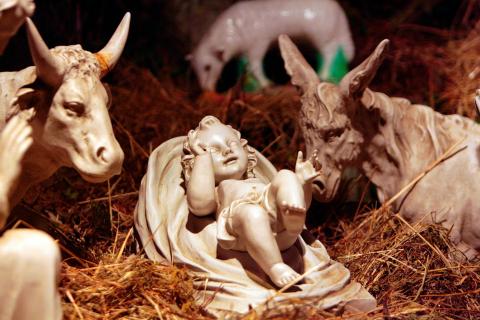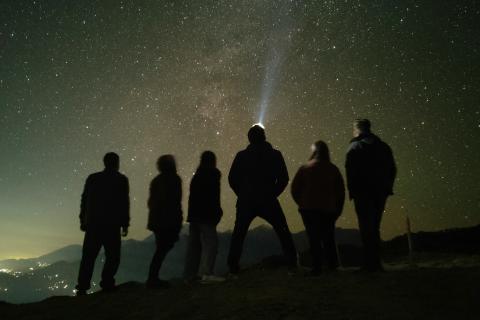
The thinkers and talkers of our present age often draw distinctions between those who are religious and those who are not. In the West, it seems as though religion and creedal belief are diminishing, while non-belief and independence are on the rise. With regards to registered members of traditional religious communities, this is mostly true. However, with respect to religious belief in a broader sense, this is not quite accurate.
The civil religion of our country has long been something like faith in our Founding Fathers: so long as one has shared in that faith, one has been free to adopt a private devotional faith – such as Catholicism, Protestantism, and Judaism – on weekends.
This faith in our Founding Fathers is on the wane. However, it would be wrong to think that religious belief as a whole is diminishing. Every society in human history has been fundamentally religious. Even though individuals in various societies have been more or less devout, the priest and the prince promoted unifying thoughts, morals, and beliefs that characterized their societies.
The conflict today is not between religion and non-religion, but is instead between competing religions: one traditional, one secular. The traditional Christian creed is strong and knowable: one can look through catechisms, Scriptures, and doctrinal statements to discover the contents of the Christian creed. The secular progressive creed is just as strong and enforceable, but is less knowable: it is harder to define exactly what the contents of the secular progressive creed are. Nevertheless, while the pope makes magisterial statements, the secular world has begun to produce its own dogma, enforced by a mob magisterium. Woe to that man or woman who violates that creed: just ask modern “canceled” heretics such as Dave Chapelle or J. K. Rowling.
While the modern secular vision can be hard to define, we can still point to some key principles. To see how these principles play out, we can turn to the movement for sexual liberation as an example.
Bishop Barron, in his first Word on Fire article since becoming Bishop of Winona, lays a strong case against the abortion stance of our Catholic president.
In The New York Times, liberal intellectual and journalist Ezra Klein revives the idea that the way topics are presented is just as important as the content itself, channeling the phrase “the medium is the message.” How do cable news shows, social media, and ideology-based movies impact viewers? How does the combination of comedy and political commentary that characterizes many late-night television shows shape how we think about social issues? How do the short, snappy blurbs so common on social media shape how we dialogue with one another? Concerning “today's technologists,” Klein writes, “Their problem is that they do not take technology seriously enough. They refuse to see how it is changing us or even how it is changing them.” Who is the master and who is the servant: man or media? (See Klein’s entire essay here, behind a subscription wall.)
Andy Warhol described his life of faith as “deeply superficial.” Read here about the famous artist’s complicated relationship with his Catholic faith, and his journey to see the Pope.
In his most recent Wednesday audience, Pope Francis described the earthly desire for “eternal youth” and “unlimited well-being” as delusional. Rather than being a threat to fight against, the passage of time is a promise: “Our existence on earth is the time of the initiation of life; it is life, but one that leads you toward a fuller life” with God.


